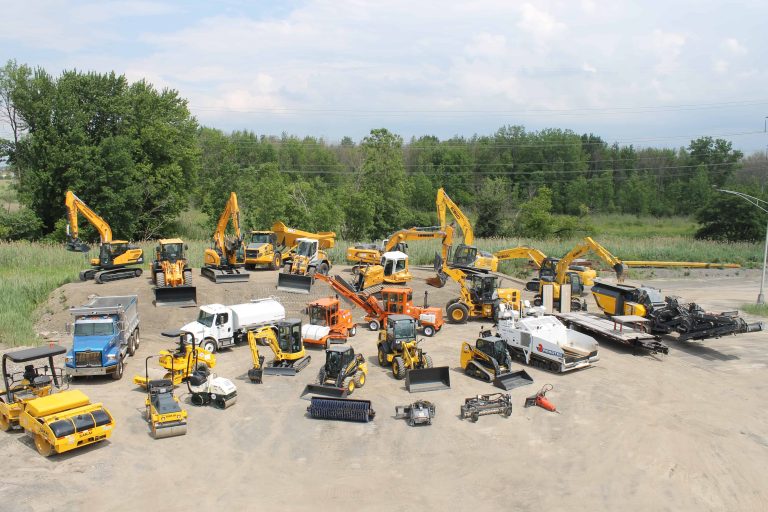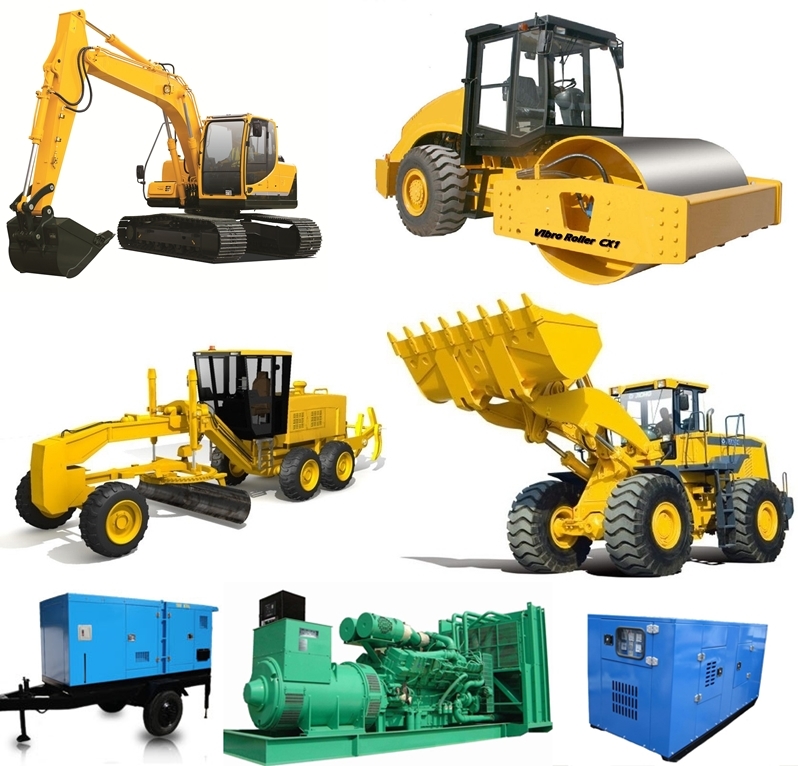Mini Excavator Rental: Compact Machines for Limited Spaces
Mini Excavator Rental: Compact Machines for Limited Spaces
Blog Article
Optimize Your Budget by Recognizing the Costs Connected With Building And Construction Tools Services
Comprehending the complete range of costs associated with construction equipment leasings is vital for maximizing your budget. What methods can be utilized to effectively handle these costs and ensure an extra efficient rental experience?
Overview of Rental Costs
When taking into consideration building and construction devices services, recognizing the associated expenses is vital for effective budgeting and task planning. Rental expenses can vary significantly based upon several variables, consisting of tools kind, duration of rental, and location. The first rental charge usually shows the tools's market demand and its connected operational abilities, influencing the general cost.
Along with the base rental rate, ancillary prices may occur, such as transport costs, fuel additional charges, and upkeep fees. It is important to make up these additional costs to precisely examine the overall price of renting out tools. In addition, the rental duration can affect rates; longer services may receive affordable rates, while short-term services might incur greater day-to-day costs.

Breakdown of Rental Rates
A comprehensive understanding of rental rates is vital for contractors and task managers intending to enhance their budget plans. Rental rates for building devices usually are composed of numerous parts, including base prices, time-based costs, and use charges.
Base prices are the core costs connected with the service of the devices, commonly established by the type and dimension of the machinery. These prices can differ considerably, influenced by variables such as devices need, availability, and local market trends. Time-based charges, which may be daily, weekly, or monthly, serve to accommodate various job timelines and rental durations.
Additionally, rental prices may consist of use costs, which apply when devices is utilized past a defined limit, ensuring that the rental company can account for deterioration. Seasonal demand changes can additionally affect rental rates, with peak building periods normally regulating higher costs.
Furthermore, understanding the rental firm's plans regarding maintenance and insurance can offer additional insight into the general expense framework. By examining these elements, specialists can make informed decisions, making certain the option of rental devices lines up with both task requirements and budget restraints.
Added Costs to Take Into Consideration
Comprehending the complexities of additional charges is crucial for contractors to manage their overall leasing expenses successfully. Past the common rental rates, various extra charges can dramatically impact the total cost of equipment leasing. These costs commonly include distribution and pickup costs, which can differ based upon range and logistics involved in moving the tools to and from the work site.
Furthermore, some rental business visit might enforce fuel additional charges if the devices is returned with less gas than when rented. It is likewise vital to know prospective cleaning costs, especially for specialized equipment that calls for comprehensive maintenance after use.

Completely assessing the rental arrangement and clarifying these added costs ahead of time can help contractors avoid unforeseen prices and make sure that spending plans continue to be intact throughout the job lifecycle.
Repair And Maintenance Costs
Routine repair and maintenance expenditures are typically ignored aspects that can dramatically affect the total cost of construction devices leasings. When renting out devices, it is vital to consider not wheel loader rental near me just the rental costs however also the possible prices connected with maintaining the machinery in ideal operating problem.
Several rental companies consist of fundamental upkeep as component of the rental arrangement; nevertheless, much more extensive fixings or unexpected breakdowns can bring about added costs. It's important to examine the rental contract thoroughly to comprehend what upkeep solutions are covered and what responsibilities fall on the renter.
Furthermore, devices that is not well-kept can result in ineffectiveness on duty website, potentially raising and creating hold-ups project prices. To reduce these risks, it is recommended to carry out routine evaluations and maintain open communication with the rental company relating to any issues that emerge throughout usage.
Insurance Coverage and Obligation Expenses
Insurance policy and responsibility expenses are vital useful source components that can significantly influence the total expense of building devices rentals (heavy equipment rental). These prices guarantee that both the rental business and the client are secured from potential financial losses arising from crashes, damages, or burglary throughout the rental period

In addition, clients must know any kind of deductibles or exclusions in the insurance coverage, as these can affect possible out-of-pocket expenses. Comprehending the terms of any type of insurance coverage is crucial to prevent unforeseen costs. Eventually, budgeting for insurance and liability expenses can assist ensure a smoother rental experience and shield against monetary dangers associated with construction projects.
Conclusion
In final thought, a comprehensive understanding of the costs associated with construction tools services is necessary for effective budget plan monitoring. Eventually, notified decision-making pertaining to tools services contributes to the general success of building undertakings.
Rental expenses can vary substantially based on several elements, consisting of equipment kind, period of service, and place (forklift rental). The rental duration can influence pricing; longer leasings may certify for discounted rates, while short-term leasings could sustain higher day-to-day fees
By carrying out complete study and involving with reputable rental business, professionals can properly navigate the complexities of rental prices, eventually optimizing their monetary sources.
Beyond the typical rental rates, various extra costs can dramatically influence the total price of tools rental. Rental business typically give liability insurance policy that covers injuries to 3rd parties or damage to property, while equipment damage insurance coverage can cover the price of repair services or replacement if the rented out devices is harmed.
Report this page